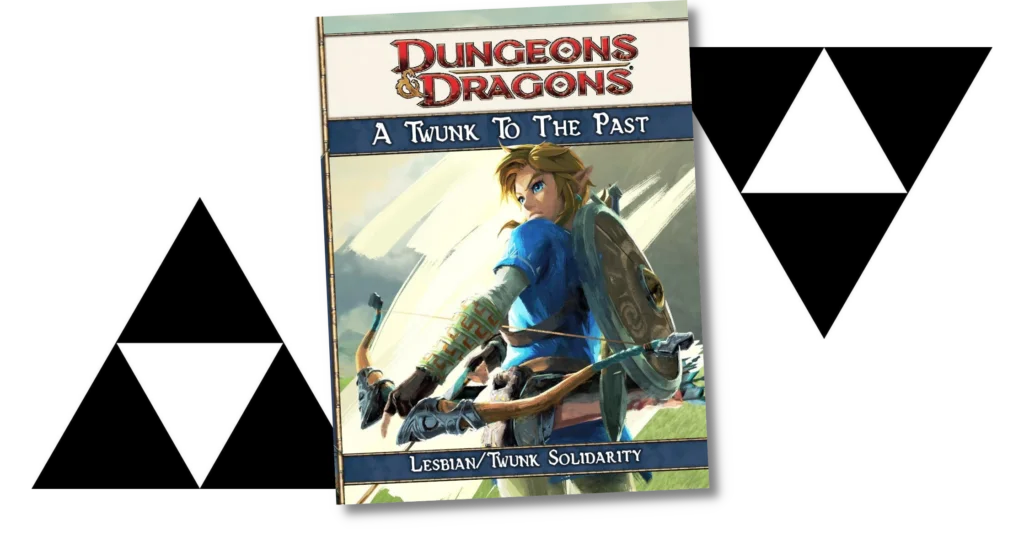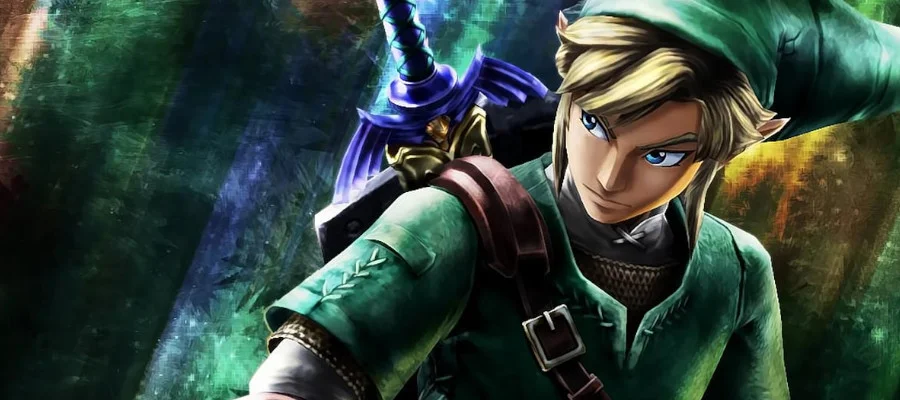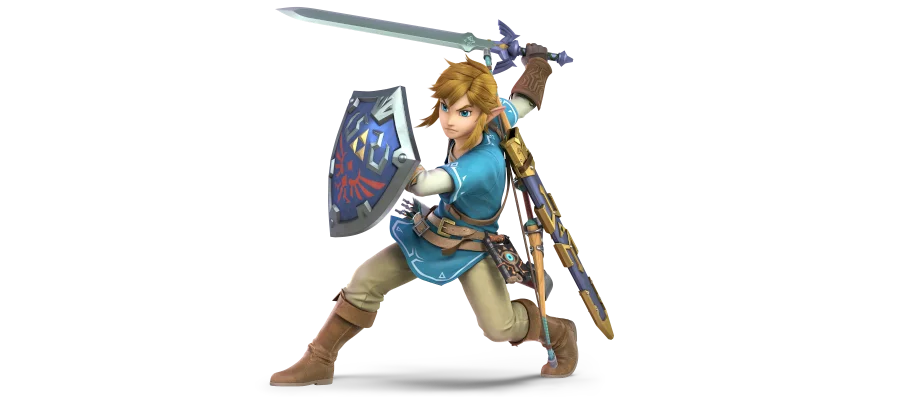In How To Be we’re going to look at a variety of characters from Not D&D and conceptualise how you might go about making a version of that character in the form of D&D that matters on this blog, D&D 4th Edition. Our guidelines are as follows:
- This is going to be a brief rundown of ways to make a character that ‘feels’ like the source character
- This isn’t meant to be comprehensive or authoritative but as a creative exercise
- While not every character can work immediately out of the box, the aim is to make sure they have a character ‘feel’ as soon as possible
- The character has to have the ‘feeling’ of the character by at least midway through Heroic
When building characters in 4th Edition it’s worth remembering that there are a lot of different ways to do the same basic thing. This isn’t going to be comprehensive, or even particularly fleshed out, and instead give you some places to start when you want to make something.
Another thing to remember is that 4e characters tend to be more about collected interactions of groups of things – it’s not that you get a build with specific rules about what you have to take, and when, and why, like you’re lockpicking your way through a design in the hopes of getting an overlap eventually. Character building is about packages, not programs, and we’ll talk about some packages and reference them going forwards.
With Frame Fatales running, I wanted to talk about a character who has a strong presence in speedrunning, and a character that owns a special place in the heart of the community, and a character who helps people feel connected to something.
I figured what better to do, than look at a Link.
Examining Link
Link has some really impressive consistency across designs, though. I’ve seen over a dozen different iterations on the simple basic character standard of ‘Link,’ and for every single one, there are some consistent elements that it seems very hard to ever escape. Particularly, it’s hard to escape because the designers have been very good at recognising what they want to represent and then, the character they make that you play just happens to work in really consistent ways. This means the arsenal of things you get to play with tends to be composed of:
- A sword
- A shield
- A boomerang
There’s some other stuff that shows up eventually and once it’s in the toolbox, that toolbox doesn’t tend to give them up easily. For example, most of the games seem to have a Hookshot for getting around. It can be tricky to make that kind of thing, because it’s a bit like a charge that’s also a teleport and lets you ignore the difference of the terrain between you and them.
There’s more, stuff that comes up after that point, but they tend to be introduced as singular experiences. Sometimes there’s a slingshot, sometimes there’s a flying scarab, sometimes there are magical spells, sometimes there’s a vibrating detection tool, but those things are often linked to a specific hardware constraint of the game system. Plus, the great big sprawling world of Breath of the Wild adds a lot of things, but that vast spread seems to come down to once again, eventually, returning to that core of sword, shield, boomerang.
Usually.
That consistency works with us and against us at the same time. On the one hand, shields are pretty limiting: there are more classes that don’t want to use shields and swords than those that do. There are some ways to get cute about it, but not that many.
The Basics
Okay, what do you use those traits to represent? I assume based on this that Link needs a sword, a shield, and some means to do something magical. The specific tools and toys, those are best represented with some more specific focus depending on the flavour you’re shooting for. Instead, I want to go for some way to cover generalities, in a way that doesn’t tightly focus what your build ‘should’ be.
You want to look at the Longsword, a heavy blade whose best virtue is its +3 proficiency bonus. You also want a shield, whether light or heavy, depending on your personal preference for mobility and armour check penalties. From there, there’s not a lot of specifics.
You could consider heritage, but the funny thing with Link is there’s almost nothing that materially separates all the other Hylians from what Link can do. It’s a setting which has fish people and rock people and bark people, but the Hylians are generally some kind of ‘that’ll do’ baseline human with pointy ears. You could look at the Eladrin, the Elf, the Half-Elf, whichever of those appeals to you the best, but there’s no need for them to interact with the class choices.
Build 1: Classical Paladin
Shield! Sword! Magical powers! Picking a target such as with, say, Z-targeting or a fairy! This one works out easy. The Paladin does benefit from heavy armour, and gets training in it, but you may be able to talk to your DM about treating your magical looking tunic as if it’s heavy armour, for the purposes of how it looks. Maybe it’s made out of (say) Dodongo hide.
This is a simple, basic starting point and the biggest reason to not go for it is that Link, in almost no depiction defends people by getting in the way of attacks. Overwhelmingly, the most common way Link defends people is by defeating great big monsters that endanger them, not by defending allies. Still, if this jives with you, you get the basic Link unit, out of the box!
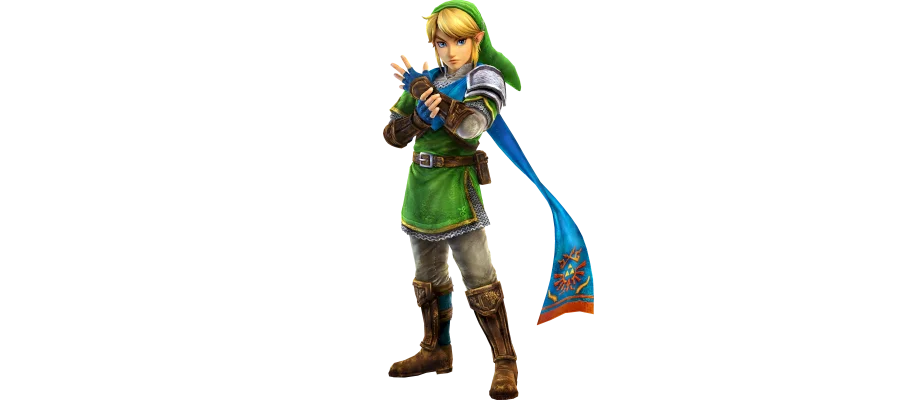
Build 2: Valourous Bard
Starting in Ocarina of Time, music has been important to Link. Not in every game, but there’s a few where Link’s ability to play music is part of the game’s mechanics, and the music lets you unlock special abilities. And hey! Bards can use shields! That’s a great place to go.
If you start with the Bard, you can swap for the Skald, a simplified essentials version of the class. You could also start with the basic Original bard, taking the Valorous option. Then there’s the option to hybridise them together – you could take the Skald Training feat, to let your Bard use the ‘Skald’ healing opportunity.
The difference there depends on how you feel about Link as an influence, as a leader. See, the Skald doesn’t have to use a minor action to heal someone – someone near them can look at them, and use a minor action to heal themselves, which may work well for your feeling of how people can draw inspiration from being near the Hero of Time.
Beyond that? There are a lot of weapon attacks available to the bard, and you can mix them up between melee and ranged.
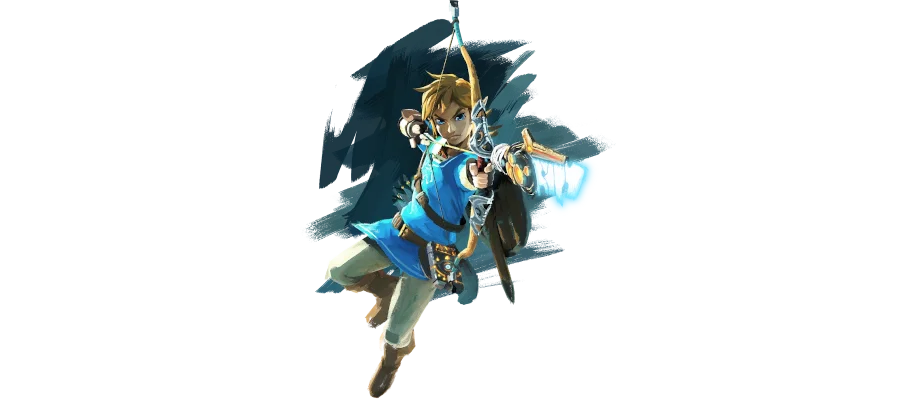
Build 3: Weird Ranger
It seems that if you want to take the role of a striker, you’re going to need to get a bit weird about things. I don’t want to make you have to do something like a hybrid battlemind or something, so the aim should be a simplified, easily interpreted way to be a striker but also use a shield without that being a meaningful sacrifice.
So.
Check out the Spiked Shield. It’s a shield you can use as a weapon. I don’t think you need to visualise it as a shield with a great big spiky poking out the front, but instead treat the bottom, pointed edge of the sword as the blade you’re using for it. It gets to be your light blade in your offhand, and then you can play Link, with a shield and sword, but use the Ranger class at base. That’s a good class for if you want to capture the Breath of the Wild style link (in my opinion) because attacks like Twin Strike can be swapped between melee and ranged pretty freely, and the highly mobile Breath of the Wild setting seems to fit the way a Ranger can zip around too.
Junk Drawer
If we stick with the Paladin as our baseline, you can treat the shield as a Holy Symbol and focus on a big two-handed weapon instead. That gives you a way to mix in spells, while you pick powers that bias this Link towards being a melee combatant most of the time. It’s not like you need a lot to represent something like three spells for the Ocarina Of Time Biggoron Sword vibe. The Cavalier is another way to do this where you can emphasise Epona’s importance to the build.
Similarly, if you want to play with the masks of Majora’s Mask you could start with a Warden and treat each of your Guardian Form dailies as putting on a mask, though Wardens don’t have a lot of support for swords. If the hook shot is the most important thing to you, you could take an Eladrin fighter or Swordmage that uses Fey Charge to teleport adjacent to opponents and attack them immediately.
Oh, and if you like the Twilight Princess look, you could take a Knight and pick up the Werewolf or Werebear theme, to build a character who can shapeshift into an animal form. That’s a really good build if you want to work like Link immediately: at level 1, you can shapeshift into an animal, you can benefit from it in combat, but you don’t need to and can stay in a form that has hands so you can use your shield.
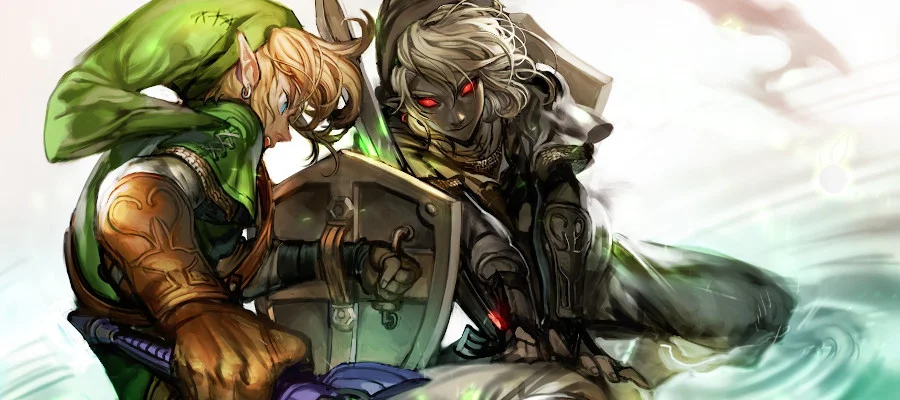
There are so many different permutations on this, by the way! For every given Link you can almost always deduce a single specific vision of the character and determine what about that specific vision is important and sets the character apart from the other versions. The nature of Link, then, is a character where the basics need to be robust, but once you have that basic laid out, you can individualise and distinguish your alternative versions all you want.
Anyway, I think I managed to get through that without gendering Link or using any pronouns.
This article was reposted from Talen’s personal blog.
You can find the original at Press.exe

